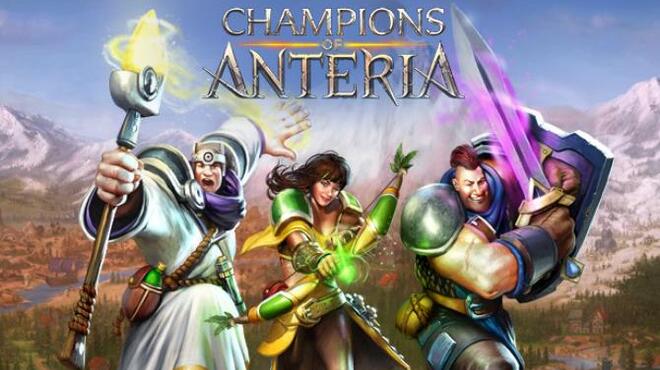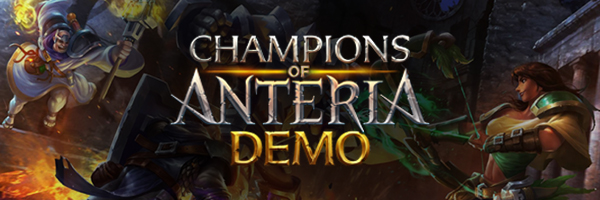
The look, the difficulty and the non-linear campaign are welcome steps away from the norm. For example, Anslem, the monk, needs to perform normal attacks to build up power for his special attacks meanwhile, Nusala, the archer, builds up arrows on a target, before using them up in other abilities.Ĭhampions of Anteria is shaping up nicely. From avoiding the MMO-style directional mega-attacks, to juggling each hero’s individual special power mechanics, “it’s all about optimisation,” as Dragoman says. That resource control extends throughout the combat. Unless you’re good or determined to complete the secondary objectives for bonus meta-game resources, the enemies are so tough to kill that it’s best focusing on your objective and avoiding combat wherever possible.

You start each randomised map with a tightly limited amount of health for each hero and a handful of gadgets and potions if you could afford them. It matters because Anteria, behind all that Warcraft shine, is a resource management game.

“We’re allowing players to be more thinky, not relying on reflexes.” says Dragoman. You have to pause, all the time, because getting it wrong means a character losing health fast-and even dying (just for the mission). And that’s just one enemy, where skirmishes can involve several of them, all with different affinities, chosen from over 200 different types. That’ll protect the priest from the enemy, but how will it affect my other two characters? If one of them is nature-based, then it exposes them to the enemy’s critical attacks. If my lightning-element priest uses his special orb attack, it’ll do minimal damage but shift this metal enemy’s affinity to lightning too. With the element wheel, you have to consider each attack carefully. Moreover, without that elements wheel, there would be no reason for the ability to pause combat to queue up movement and attacks. So before a mission, you’re balancing the heroes’ abilities against their place on this wheel. This is crucial, because each hero has an affinity too, as do all their attacks, and the five elements (water, fire, metal, nature and lightning) are arranged in a wheel, with each element being weak to the one counter-clockwise and strong against the one clockwise. On this screen, you also get a preview of how the enemies’ ‘elements’ stack up in this mission. The three starting heroes are pretty traditional roleplay types-a monk, a knight, an archer-and you unlock two more very early in the campaign. Once you’ve chosen your mission for the day, you get a small briefing screen, where you select your heroes, pick out four powers from any you’ve unlocked, and choose up to four item stacks to take in with you. So a quarry might produce the metal resource, but will produce less if there’s another quarry in the same district. Each building also produces resources, which you feed into gadgets, equipment and potions for the heroes.

Each building also reinforces or interferes with other buildings in the neighbourhood, making expansion feel like a small puzzle game. You can unlock districts with different specialities that house a small number of buildings.

Tied into this, there’s a small town-building metagame at your capital, which is the nearest it gets to Settlers games of yore.


 0 kommentar(er)
0 kommentar(er)
